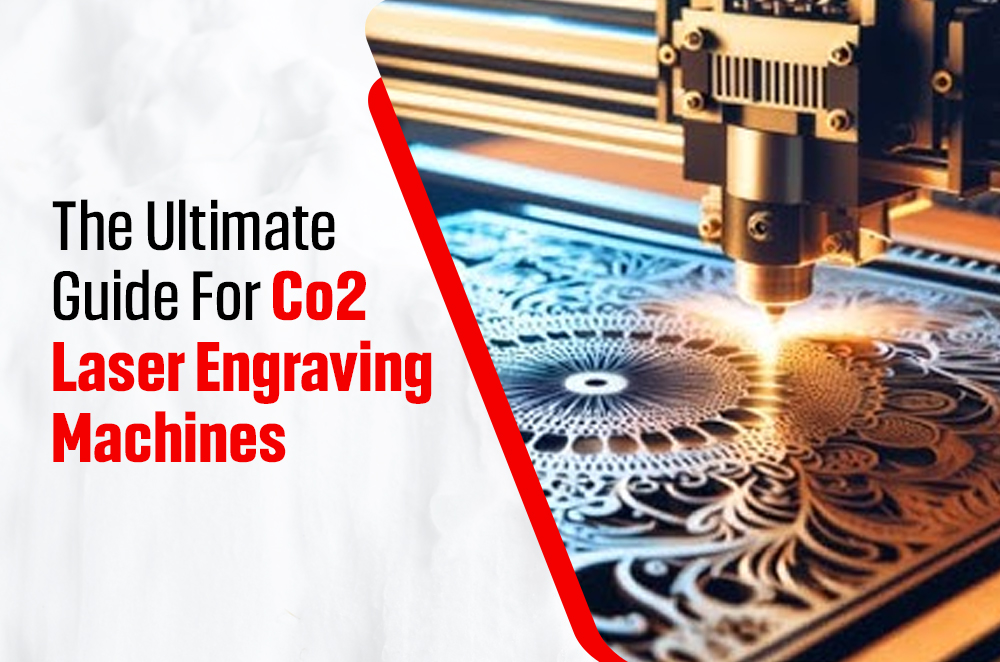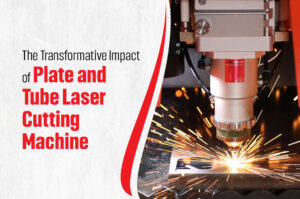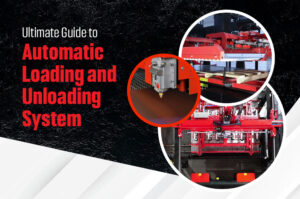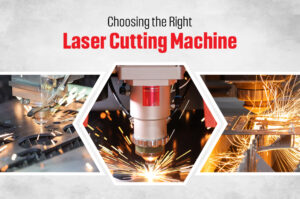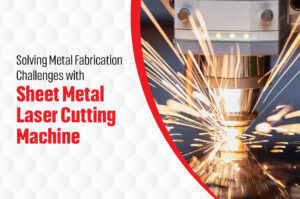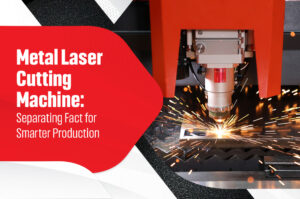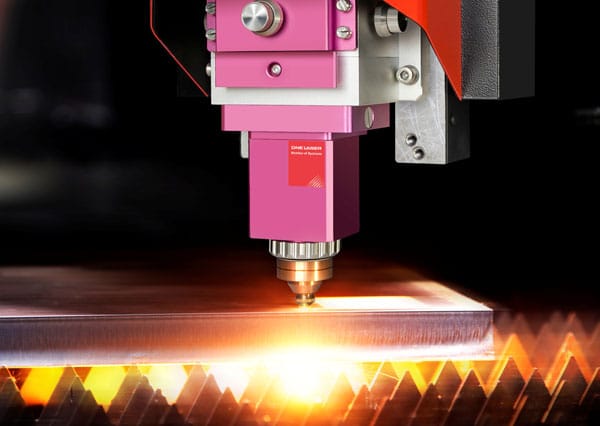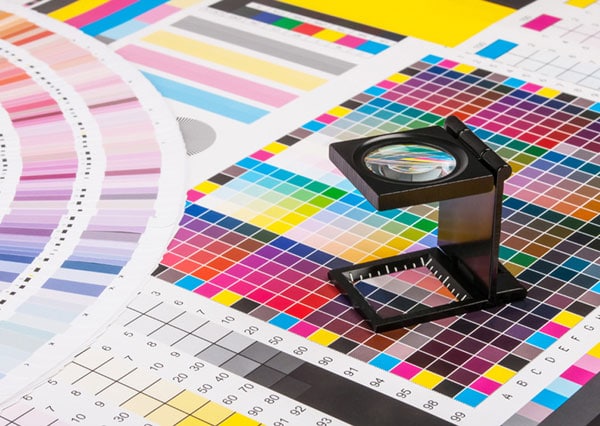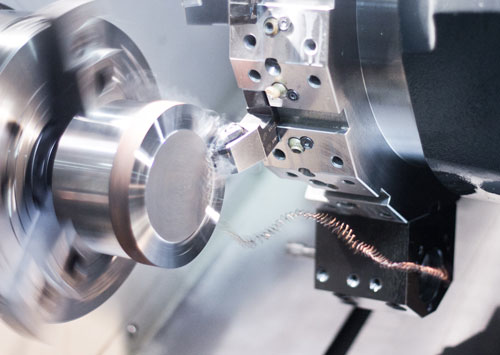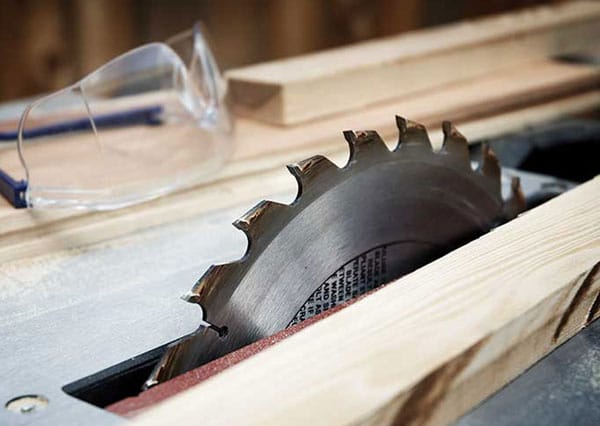Laser application has evolved almost in every sector, including medicine, engineering and more. One of the most multipurpose gadgets that one can use is the CO2 laser engraving machine. That it is accurate, reliable, and fast has helped to make it an indispensable device in commercial and industrial uses, leisure, and creative work. For the beginner who is just setting foot into the engraving world or the advanced user seeking to improve their work with the new and advanced CO2 laser engraving machine, there is a need to learn these few important aspects.
Here, we’ll discuss the parts that make up a CO2 laser engraving machine, its operating principles as well as tips for using the machine. This will in turn help you not only make the right choice of the machine to go for but also help you get the best out of the machine when used.
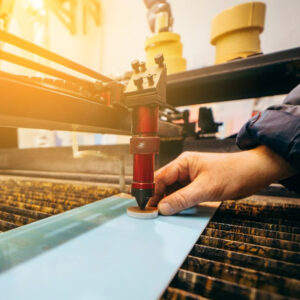 What is a CO2 Laser Engraving Machine?
What is a CO2 Laser Engraving Machine?
A CO2 laser engraving machine is a machine that is used in cutting, engraving or marking various materials using a carbon dioxide laser. It uses a gas laser, in which electricity ignites carbon dioxide gas to produce a laser beam. This beam can be set or guided to do delicate carving, outlining deep carving or even simple etching on various surfaces.
Due to the fact that the machine is capable of cutting through or engraving wood, glass, acrylic, plastic, and some metals, it is very essential in areas of sign making, manufacturing industries, arts and crafts, and any other business that deals with logo creations among others.
How Does a CO2 Laser Engraving Machine Work?
The working process of a CO2 laser engraving machine concerns the generation of a laser beam. CARBON DIOXIDE gas is subjected to an electric field that results in the generation of a highly energized laser beam composed mostly of CO2. The beam then travels through a number of mirrors and lenses and concentrates the heat at a particular point on the material.
Once focused, the heat generated through the laser either burns, vaporizes or melts the material and forms the engraved or cut pattern. The entire process is managed by a computer system that guides the beam of the laser according to the desired pattern or design.
Key Components of a CO2 Laser Engraving Machine
1. Laser Tube
The laser tube is the most important part of the machine which produces the laser beam which is used in the cutting process. The medium is the tube which is filled with carbon dioxide gas and when an electrical current is passed through it then it produces the laser light. A laser tube pen can also be of different power and the commonest power range is from 30W up to over 150W depending on the capacity of the machine. The wattage ranges will have the ability to cut deeply and engrave at a faster pace with larger wattage.
2. Laser Head
In the laser head, there is a focusing lens where the laser beam is projected and properly orientated towards the matter on which engraving or cutting is to be done. In the case of the laser head, it is moved around through a gantry system where it traces given paths depending on the design put in. One is the accuracy of the laser head where variation is directly proportional to the quality of the engraving.
3. Focusing Lens
This is a very crucial ingredient that enables the beam to be directed to a small point in order to produce the desired amount of heat or energy at that targeted point in the material. In general, the proportionality of the engraving or cutting is majorly determined by the focus of the laser.
4. Mirrors
Mirrors reflect the laser beam emitted by the tube to the laser head. These are fixed on some particular positions in the machine to direct the flow of the laser beam well. These mirrors have to be of good quality and have to be placed in a manner that ensures they perform in a definite manner.
5. Cooling System
As it is known, the CO2 laser engraving machine produces a lot of heat; therefore, it needs a cooling system for the laser tube. The majority of the machines have water cooling systems in order to control the temperature. Stability in operation and increase in the life span of the laser tube is as a result of the effectiveness of the cooling system.
6. Exhaust System
Laser engraving and cutting produce smoke, all kinds of dust, and other kinds of particles. Such particles are expelled out of the machine by an exhaust system using a fan or a blower whereby the interior of the machine and the working environment is kept clean. Especially for materials like acrylic or plastic is very important to have good ventilation so that the fumes won’t be inhaled.
7. Control Panel/Software
The control panel and software installed in the machine enable the user to feed designs together with the control measures which include speed, power, and resolution among other features. All CO2 laser engraving machines are computer-controlled, and there is usually software that can be used to design a pattern or the pattern can be downloaded. Another key sub-system is the user interface since it defines its ease of control by the end user.
8. Work Bed
The work bed or platform is an area where the materials to be processed through engraving or cutting are placed. There are two common types of work beds: honeycomb and knife-edge, Here, the authors refer to the structure of two different types of earth mounds. Honeycomb beds offer a better flow of air and this is usually important when working on thin products while knife edge beds do not allow back reflections and are suitable for dense products.
Materials that Can Be Engraved or Cut Using a CO2 Laser Engraving Machine
This is one of the reasons why a CO2 laser engraving machines are so popular and that is the versatility of the system. Here’s a breakdown of materials that can be engraved or cut and the considerations for each:
1. Wood
Laser engraving for wood is among the popular practices since wood is among the most used materials by engravers. The use of the machine can also result in detailed cuts or engravings of designs as well as even shapes. The depth and darkness of the engraving can be regulated with the help of the control of the power and speed of the laser. Some of the most preferred woods for laser engraving include plywood, MDF, cherry and walnut among others.
2. Acrylic
Another popular material to engage in the CO2 laser engraving technique is acrylic which is widely used in signages and aesthetics. It slices perfectly and smoothly; when engraved clear acrylic is made to come out with a frosted appearance. While engraving acrylic, one has to do it at slow speed and low power in order to achieve a clear image.
3. Glass
This doesn’t mean that it is impossible to make designs on the glass since the CO2 laser can engrave thereby creating frosted or etched appearances. The laser does not cut through the glass but scores the surface to produce the desired design. This is because when the surface is masked, and low power settings are used, there are little chances of producing a chipped surface on the material.
4. Leather
The CO2 laser engraving on leather produces good and neat images on the leather material, especially for making wallets, bags and other accessories. Proper ventilation of the area is recommended since burning leather releases a very foul smell. It is imperative that for various types of leather different power and speed settings may be most appropriate.
5. Fabric
CO2 laser machines can as well mark or cut fabrics making them recommended for the fashion and textile sectors. Synthetic materials such as felt, cotton and polyester can be easily cut into the desired patterns and will not fray easily. Clothes materials that are thin in nature should be ironed at low power to avoid a situation where the power used burns the clothes.
6. Plastic
Almost all types of plastics such as ABS plastic can be cut, or engraved using a CO2 laser and the same can be said about acrylic. However, it is advisable to also omit PVC materials since they release hazardous smoke when cut by laser. One should always ensure that VOCs are adequately ventilated while handling plastics so as to prevent harm.
7. Rubber
Rubber can be engraved using a CO2 laser and that makes it widely used in making stamps or customized stamps. One aspect that the machine has is the ability to cut marvelous deep lines that are ideal for intricate stamping patterns. It is durable and possesses better features than synthetic rubber which tends to produce hazardous fumes when in use.
8. Paper and Cardboard
Paper and cardboard are easily processed with CO2 lasers which makes it possible to cut them into any design for such items as packaging, invitation, prototype or other model. One should avoid using high power settings which may cause the material to burn.
9. Stone and Marble
The CO2 laser can engrave onto the stone materials such as marble, granite as well as slate. It can make designs that are permanent with fine texture and therefore can be used to make commemorative materials such as a plaque or any other decorative material. The list of limitations of a CO2 laser remains is similar to that of glass where stone cannot be cut.
Best Practices for Using a CO2 Laser Engraving Machine
To get the most out of your CO2 laser engraving machine, follow these best practices:
1. Start with Test Runs
If you will be using engraving and cutting services on your final product, then do test engraving or test cuts on non-contact materials. This enables a person to get it right when it comes to power, speed and focus while avoiding wastage of the materials.
2. Focus on Proper Maintenance
On the operational aspect, observes the accuracy of scopes is affected by the lenses and the mirrors, thus suggesting inspecting or cleaning them frequently. A dirty lens will cause the focused laser beam to lose focus hence leading to poor cutting or engraving. Also, make sure that the cooling is in good condition in order to avoid situations that may lead to overheating.
3. Use Appropriate Settings for Materials
Power, speed and resolutions differ with the type of material used in its production. It is possible to burn thin materials or cut them too deep if the power is too great while the lack of power on thick materials can also be ineffective. Most of the CO2 laser engraving machines come with factory-recommended settings which one can use as a point of reference.
4. Ensure Proper Ventilation
Car exhausts are an essential part of a machine and make sure it’s well functioning always. This is not only for the protection of your working area from hazardous fumes but also to prevent your machine from being affected by residues.
5. Use File Management to remain Organized
In case you are working on different projects, different design files must be arranged. This also helps in getting quick access and minimizes mistakes during the engraving and cutting of intricate graphics. Almost all CO2 laser engraving machines work with vector files, which can be in DXF, SVG, or AI formats only.
6. Experiment with Layering Techniques
When working with complex patterns, one can try the use of multiple layering engraving. This makes your work to be more realistic when you are using materials such as wood or acrylic.
7. Maximize Production Efficiency
Getting into production whether it is running a business or when there is a large batch of products to produce try to use materials in the best way you can by having tight arrangements of the designs. This helps to reduce wastage and at the same time, the rate of production is enhanced.
8. Monitor Power Consumption
CO2 laser machines can consume a significant amount of power, especially when working on high-powered tasks. Keep an eye on your energy usage and consider optimizing machine settings to reduce unnecessary power consumption during idle periods.
Advantages of Using a CO2 Laser Engraving Machine
Precision: This non-fabrication machine is exceptionally accurate, and therefore its engraving in CO2 laser affirms is ideal for complex designs.
Versatility: With the CO2 laser machine, the type of material that can be used includes wooden and acrylic materials and leather and glass materials.
Cost-Effective: As for the cost, it might be rather high at the initial stage of purchase, but the machine pays itself off rather quickly as the extra charges do not appear very often and are necessary for companies that need to produce specific types of products.
Customization: These designs are often computer-controlled enabling users to engrave or cut intricate designs of their desire.
Conclusion
CO2 laser engraving machine will also go a long way in boosting your creativity, accuracy and speed in carrying out your work in your fields of operation. This way, no matter if you plan on using the machine for your own business or for an industrial application, you can Maximize Your Outcome by getting the most out of each part of the machine and how to use it most effectively.
We are Business Point International, UAE dealing in the supply of CO2 laser engraving machines and fiber laser cutting machine. Our laser systems are of the highest quality and appeal to various business entities as well as enthusiasts. The manual and the assistance provided to you by us shall assist you in identifying the machine that you require to give your output and imagination the necessary boost. Get the future of your business by being associated with us.

